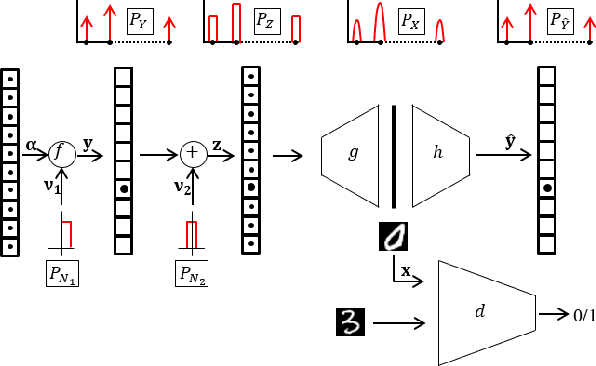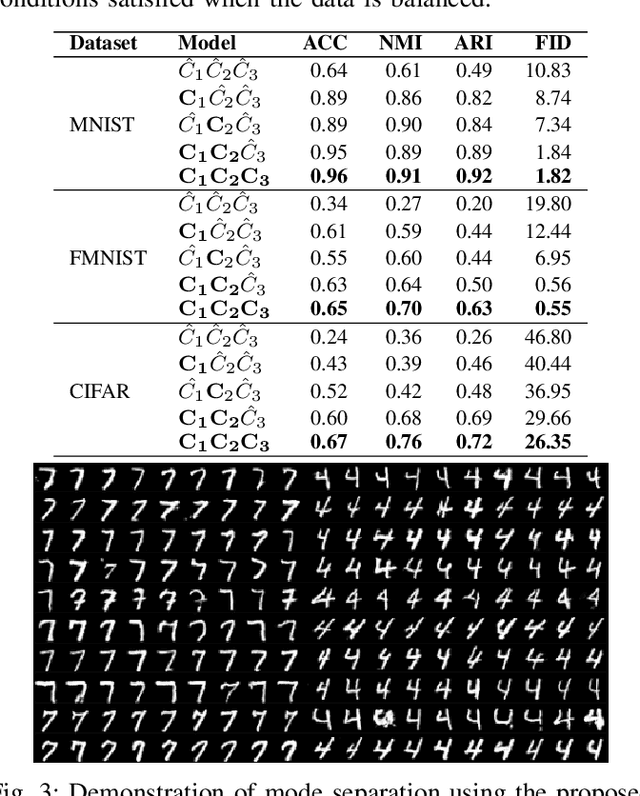Effect of The Latent Structure on Clustering with GANs
Paper and Code
May 05, 2020



Generative adversarial networks (GANs) have shown remarkable success in generation of data from natural data manifolds such as images. In several scenarios, it is desirable that generated data is well-clustered, especially when there is severe class imbalance. In this paper, we focus on the problem of clustering in generated space of GANs and uncover its relationship with the characteristics of the latent space. We derive from first principles, the necessary and sufficient conditions needed to achieve faithful clustering in the GAN framework: (i) presence of a multimodal latent space with adjustable priors, (ii) existence of a latent space inversion mechanism and (iii) imposition of the desired cluster priors on the latent space. We also identify the GAN models in the literature that partially satisfy these conditions and demonstrate the importance of all the components required, through ablative studies on multiple real world image datasets. Additionally, we describe a procedure to construct a multimodal latent space which facilitates learning of cluster priors with sparse supervision.
 Add to Chrome
Add to Chrome Add to Firefox
Add to Firefox Add to Edge
Add to Edge